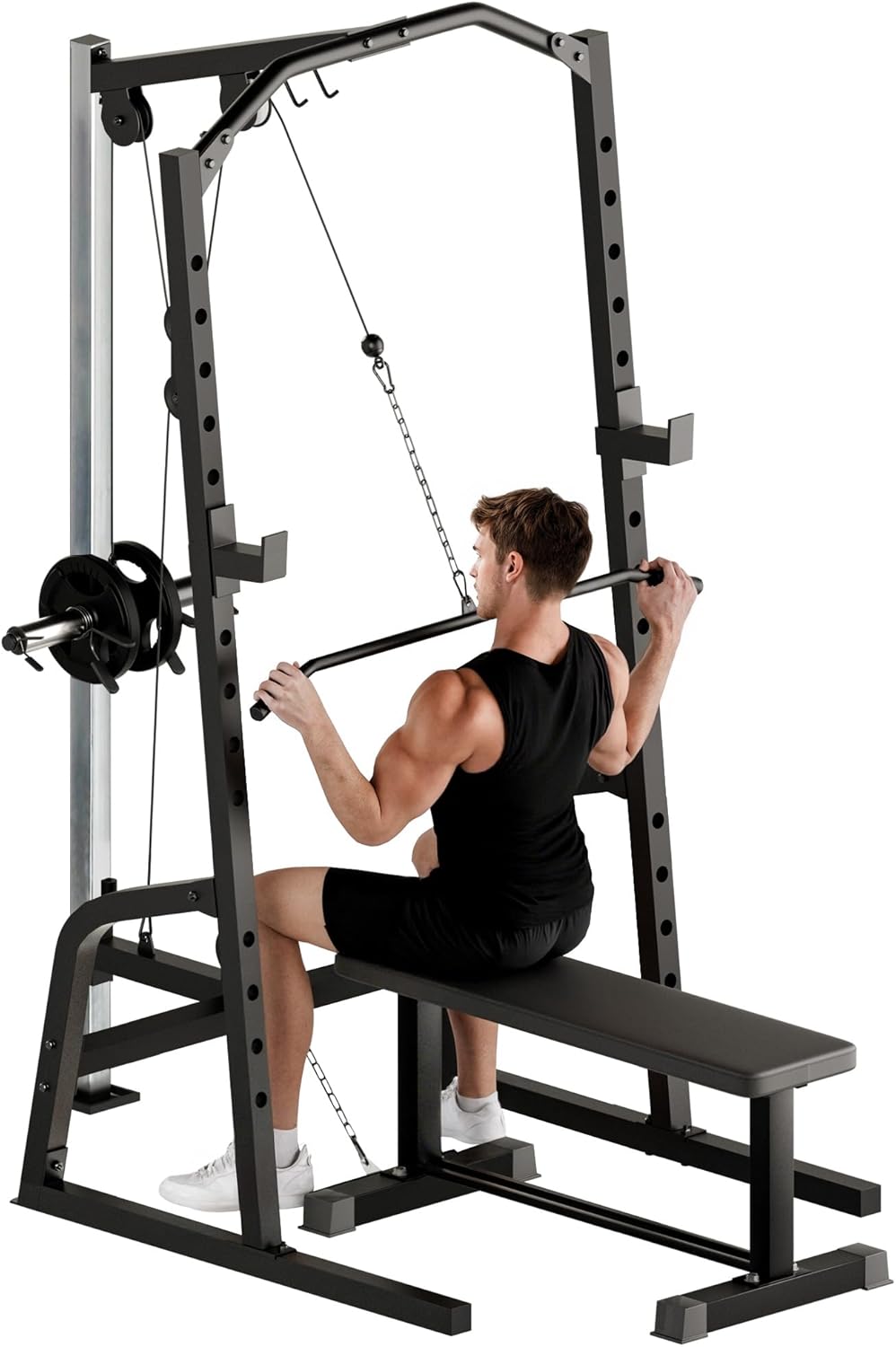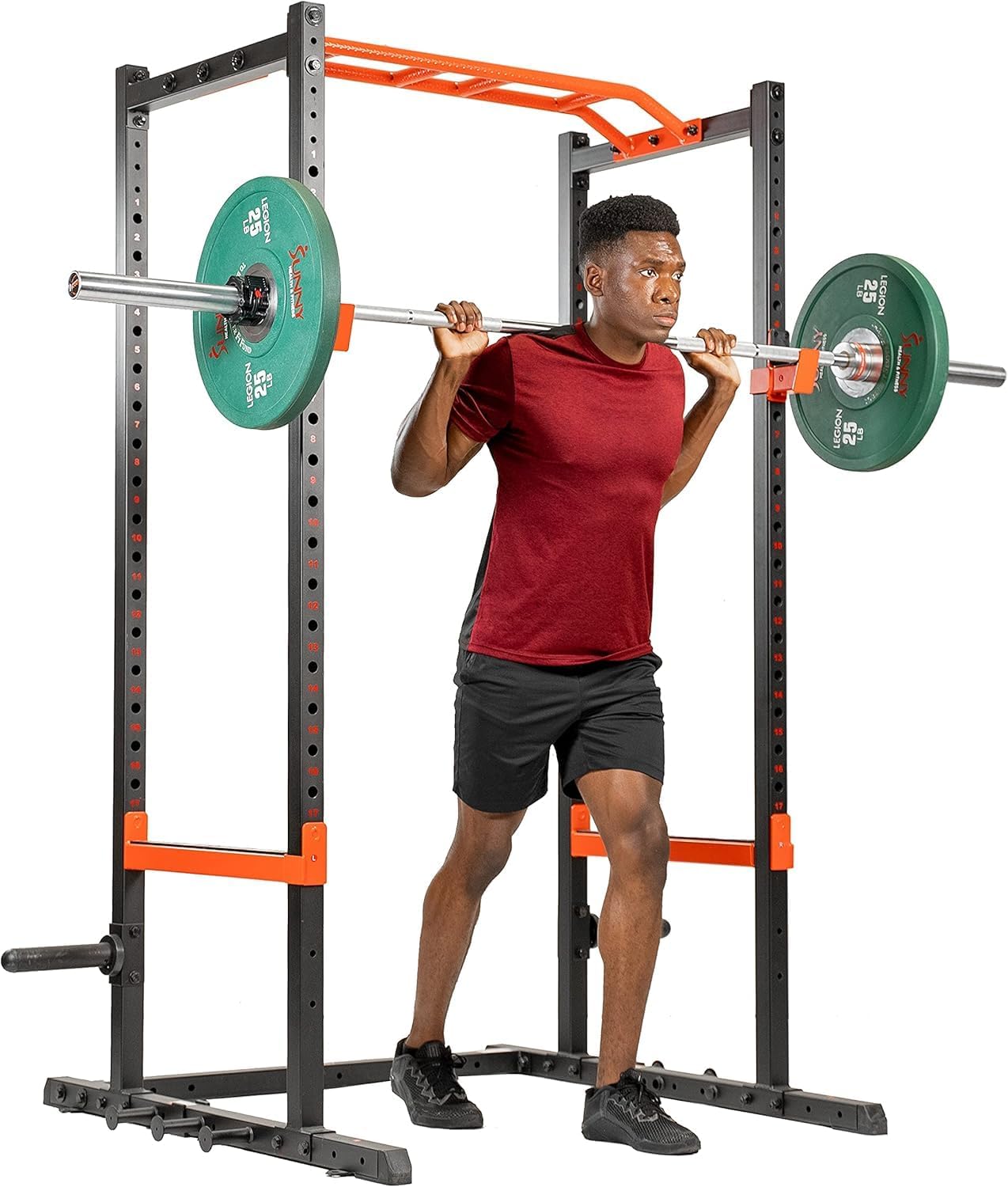Evidence-Based Power Cage Reviews
Comprehensive power cage reviews for serious strength training.
8-Pillar System
Comprehensive scoring across multiple performance criteria with weighted importance
Evidence-Based
Every rating backed by thorough research and objective criteria
No Sponsored Reviews
We never accept payment for positive reviews or rankings
Editorial Independence
Affiliate relationships never influence our ratings
Top-Rated Power Cages
Our highest-scoring products based on comprehensive analysis


How We Score Products
Our transparent 8-pillar methodology ensures objective, comprehensive reviews
Structural Integrity & Build Quality
Structural durability determines equipment lifespan and safety under maximum loads. 11ga steel (0.120") is industry standard for quality home gyms; 7ga (0.179") is commercial-grade. 3"×3" tubing provides maximum rigidity. Continuous welding at joints ensures stress distribution. Gussets prevent joint failure under dynamic loading. ISO Class S certification indicates commercial durability.
Safety Systems & Features
Multiple independent safety mechanisms prevent catastrophic failure during training. J-hooks with UHMW plastic prevent barbell scratches and noise. Spotter arms (500-750 lb capacity per pair) provide adjustable failure protection. Safety pins offer backup redundancy. Proper load ratings ensure systems don't fail under maximum capacity.
Weight Capacity & Load Rating
Published weight capacities indicate structural and safety system engineering margins. 1500+ lb capacity supports serious powerlifting (800+ lbs on bar plus dynamic loading). 1000-1499 lbs suits intermediate lifters. J-hooks and spotter arms should support 50-75% of rack capacity minimum. Tested capacities (ASTM F3104) provide higher confidence than unsupported claims.
Hole Spacing & Adjustability
Westside spacing (1" intervals in working zone) enables biomechanically optimal positioning for bench press (shoulder stability) and squat (depth control). 2" spacing throughout is adequate for most users; 3" spacing is minimum acceptable. 20+ adjustment positions provide broad exercise range accommodation. Precise positioning reduces injury risk and improves lifting mechanics.
Recent Reviews
Latest additions to our evidence-based review collection

Scores 55.5/100 (C) for solid construction and features. It includes a lifetime warranty on the frame for in-home personal use, ensuring long-lasting durability.
Read Full Review →
Scores 53.1/100 (C-) indicating moderate quality for home workouts. The power cage features a 15-level squat rack to accommodate various fitness levels.
Read Full Review →
Scores 52/100 (C-) for moderate quality and functionality. The 3mm steel frame thickness provides durability for serious strength training.
Read Full Review →